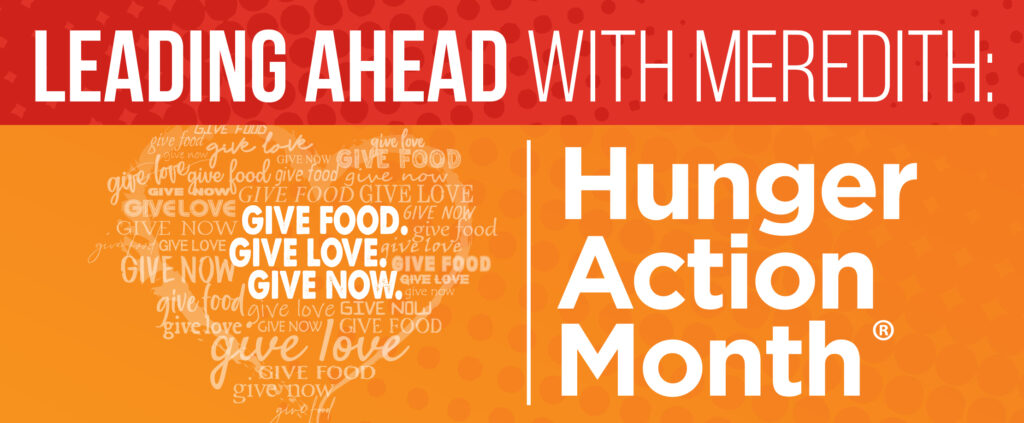The other night as I was putting my daughter to bed, she looked at me and asked, “Mommy, what is inflation?”. Wow – how do you explain a topic like that succinctly to a 9-year-old child at bedtime? Not exactly my idea of great bedtime story material, but I decided I needed to give it my best shot. I replied, “well, let me try by making up an example – If last year it cost $1,000 to bring in a truck of milk to the Foodbank, and this year that same truck with the same amount of milk costs $2,000, what do you think that does to the price of milk?” I paused, hoping my completely made-up scenario and numbers would at least get us to the cliff notes version of this story. She looked at me, with her eyes widening, “that would really increase the price of milk!” I smiled and said, “that’s right sweetie – that isn’t everything of course, but does that make any sense at all?” she smiled and said, “yes, actually that makes a lot of sense – thanks Mommy!” gave me a hug and rolled over to go to sleep. I will admit that my economics teachers in college would most likely have shuttered at my translation, but it made sense to her, so I went downstairs smiling, knowing that while that was undeniably the oddest bedtime story to date, it was effective.
The reality of the question, however, is what we as adults wrestle with every day– everything costs a lot more today than it did last year. From fresh fruits and veggies to staples such as milk and bread, and don’t get me started on how it now costs twice as much to fill my gas tank – ouch!
The combination of supply chain disruptions, COVID, labor shortages, war, and rising fuel costs are resulting in all of us feeling the effects of inflation. We know that the price of food at home reached a double-digit inflation rate in March and that it has continued to rise, for the first time since 1981. Inflation cuts into everyone’s budgets, but it is especially challenging for low-income households. Having to spend a greater percentage of a monthly budget to cover the costs of food is causing more people to turn to the charitable food system for support.
Unfortunately, higher food prices also reduce the purchasing power of charitable food providers, and the rising prices at the pump compound this problem, making it more expensive to purchase the food and transport it to the Foodbank. And don’t forget that we must then distribute it to our network of more than 550 food pantries across our 26-county service territory. Here at the St Louis Area Foodbank, we have seen double-digit increases in the number of families seeking support, as well as double digit INCREASES in the cost of food and fuel, compounded with double digit DECREASES in the amount of donated food we are receiving.
We know from recent experience that this community is strong – resilient – and always comes together to support one another, so we know this story will eventually have a happy ending. But until that time, we would be truly humbled and grateful for your support in any of the following ways:
- If you, your business, or organization have the means to make a monetary gift to the Foodbank so that we can continue to support our partner agencies and our community, MAKE A GIFT TODAY.
- If you can volunteer your time to collect food in your community, ORGANIZE A FOOD DRIVE.
- If you are able to donate the resource of your valuable time at the Foodbank or atone of our agency partners, VOLUNTEER.
We know that we will get through this together, and as someone who loves happy endings to stories, I look forward to my daughter growing up, reflecting on this time, so that one day when her children ask her about the “old days” (referring to 2022) she will smile and say, “that was a tough time, but because everyone worked together – no one went without their milk, despite how much it cost”.

